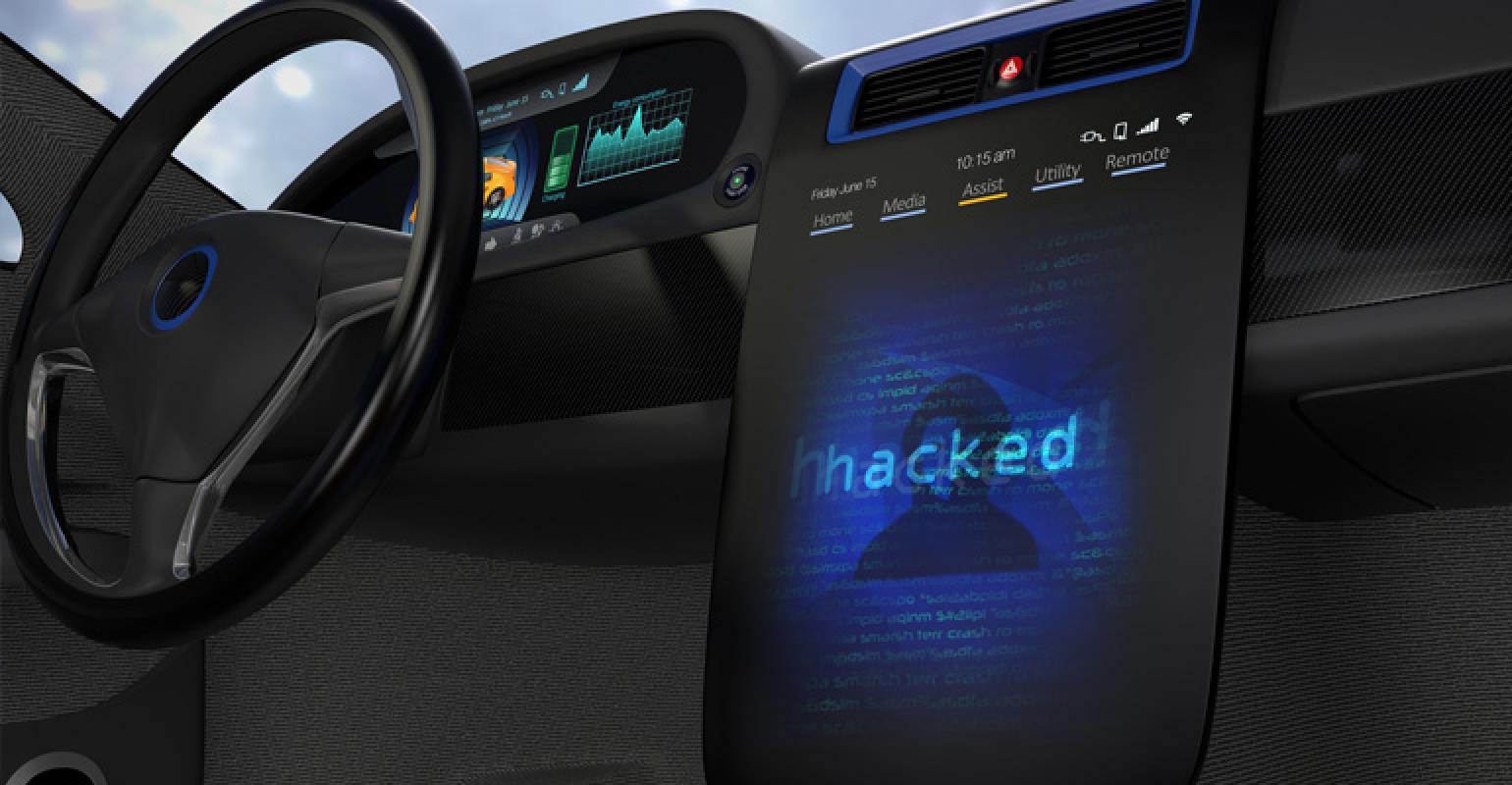NCC warns against car hackers, lists ways to stop them
The Nigerian Communications Commission (NCC), in a statement signed by Dr. Ikechukwu Adinde Director, Public Affairs, has said that there is an ongoing cyber-vulnerability system that gives nearby hackers leeway to unlock vehicles, start their engines wirelessly and steal cars.
According to the latest advisory released by the Computer Security Incident Response Team (CSIRT), the cybersecurity centre for the telecom sector established by the NCC, the vulnerability is a Man-in-the-Middle (MitM) attack or, more specifically, a replay attack in which an attacker intercepts the RF signals normally sent from a remote key fob to the car, manipulates these signals, and re-sends them later to unlock the car at will.
The fact that car remotes are categorised as short range devices that make use of radio frequency (RF) to lock and unlock cars informed the need for the Commission to alert the general public on this emergent danger, where hackers take advantage to unlock and start a compromised car.
NCC says in the statement
With this latest type of cyber-attack, it is also possible to manipulate the captured commands and re-transmit them to achieve a different outcome altogether.

“Multiple researchers disclosed a vulnerability, which is said to be used by a nearby attacker to unlock some Honda and Acura car models and start their engines wirelessly. The attack consists of a threat actor capturing the radio frequency (RF) signals sent from your key fob to the car and resending these signals to take control of your car’s remote keyless entry system,” the advisory stated.
How to stop the hackers

The NCC-CSIRT, in the advisory, has offered some precautionary measures or solutions that can be adopted by car owners to prevent falling victim to the attack.
When affected, the only mitigation is to reset your key fob at the dealership. Besides, the affected car manufacturer may provide a security mechanism that generate fresh codes for each authentication request, this makes it difficult for an attacker to ‘replay’ the codes thereafter. Additionally, vulnerable car…



